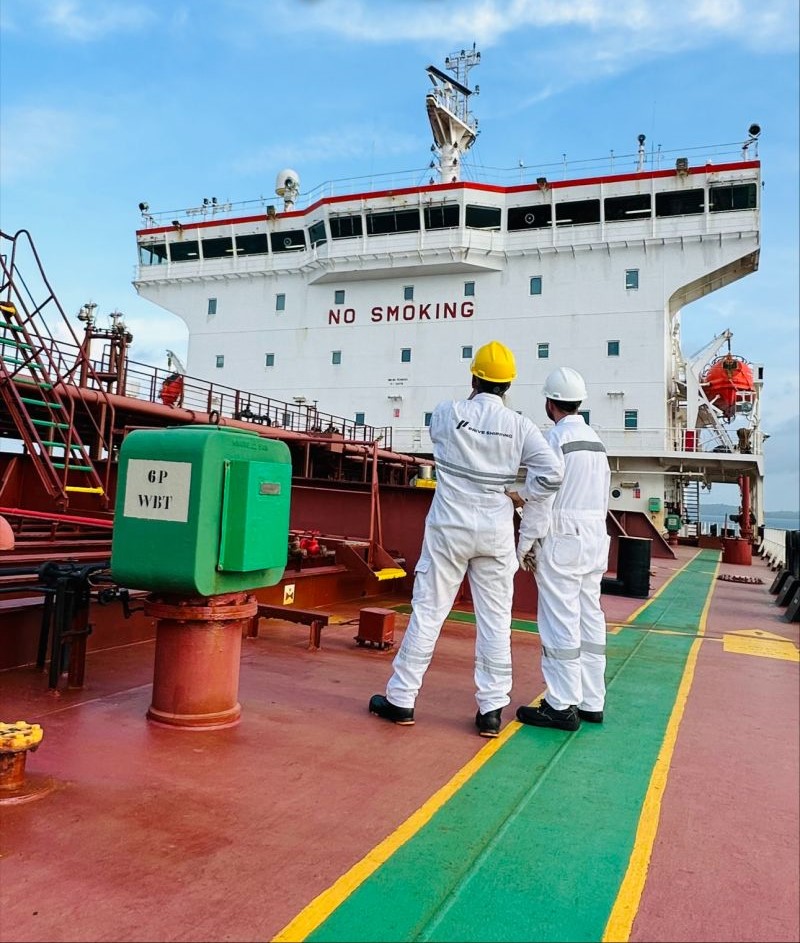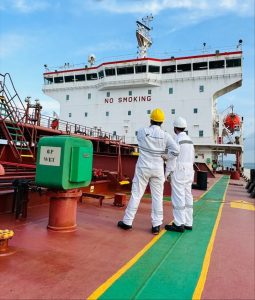In the maritime industry, ship deck ratings play a crucial role in ensuring the smooth operation of a vessel. They assist officers in various deck-related tasks, contribute to ship maintenance, and support navigational duties. This article will explore common questions related to deck ratings and provide educational insights for those interested in maritime careers.
What Does “Ratings” Mean in Shipping?
In maritime terminology, ratings refer to crew members who are not officers but perform essential operational and maintenance tasks on a ship. Ratings are divided into two main categories:
- Deck Ratings – Assist in navigation, ship maintenance, cargo operations, and safety tasks.
- Engine Ratings – Work in the engine room, supporting machinery maintenance and operational duties.
Ratings form the backbone of a ship’s workforce, ensuring smooth day-to-day operations under the supervision of officers.
What Are Ship Deck Ratings and Their Duties?
Deck ratings are responsible for various tasks on a ship’s deck, including:
- Mooring and anchoring operations – Assisting with securing the ship at ports or anchorages.
- Deck maintenance – Cleaning, painting, and repairing the deck and its equipment.
- Watchkeeping – Supporting officers in monitoring navigation and ensuring safety at sea.
- Cargo handling – Assisting in loading, unloading, and securing cargo.
They work under the supervision of deck officers and are crucial in maintaining the vessel’s seaworthiness, safety, and efficiency.
What is the Difference Between Deck Ratings and Engine Ratings?
While deck ratings focus on operations above deck, engine ratings work below deck, supporting the engine room crew. Their duties include:
- Monitoring and maintaining ship machinery.
- Assisting engineers in repairs and technical operations.
- Ensuring fuel, oil, and water levels are properly managed.
- Conducting safety checks on mechanical systems.
Both deck and engine ratings are essential for a ship’s overall functionality, contributing to its smooth operation.
What Are the Ratings on a Ship?
A ship typically has several types of ratings, including:
- Able Seafarer Deck (AB Deck) – Experienced deck crew members trained in advanced ship operations.
- Ordinary Seaman (OS) – Entry-level deck ratings learning ship operations.
- Bosun (Boatswain) – Senior deck rating responsible for supervising deck crew and maintenance tasks.
- Pumpman – Found on tankers, responsible for maintaining cargo pumps and pipelines.
- Engine Room Ratings – Such as Motorman, Wiper, and Oiler, supporting engine operations.
These roles ensure efficiency, safety, and regulatory compliance in maritime transport.
How Do You Count Decks on a Ship?
The number of decks on a ship depends on its size, type, and design. Decks are typically counted from the main deck upwards and downwards:
- Superstructure decks are numbered upwards from the main deck (e.g., first deck, second deck).
- Lower decks below the main deck are numbered downwards (e.g., first platform deck, second platform deck).
Passenger ships and large vessels have multiple decks, including accommodation decks, cargo decks, and technical decks.
Conclusion
Ship deck ratings play a vital role in maritime operations, ensuring the vessel’s safety, maintenance, and cargo handling. Understanding these roles helps aspiring seafarers navigate their career paths and appreciate the structured hierarchy of maritime employment. Whether working as a deck or engine rating, every crew member contributes to the success of a ship’s voyage.


